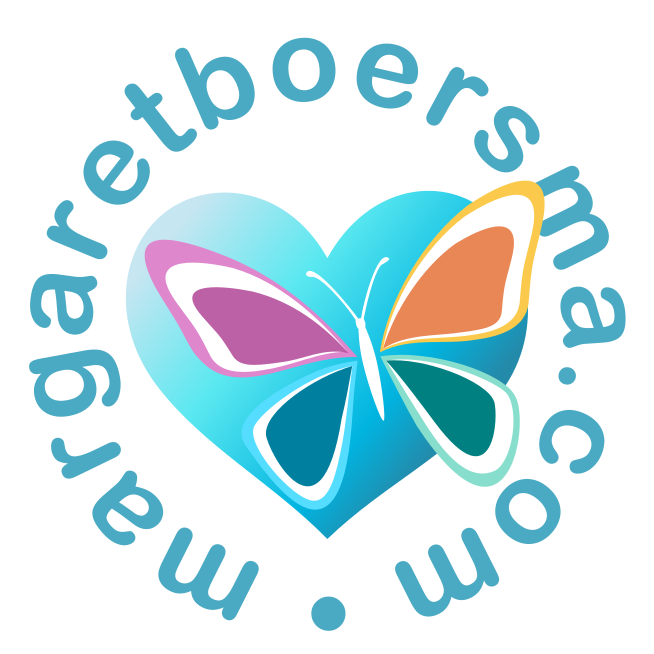Teaching in the Netherlands (Part II of II)
Model Communication Skills
The students want to learn some English so, my colleague, who does not speak Dutch, teaches choreography for “Wavin Flag”. And the students learn to sing the chorus, which they love.
Social and Emotional Learning (SEL) Skills, such as Making Decisions, is Best Learned, Retained and Transferred to Life by Living Inside a Story
Meanwhile, the grade six class does a process drama on Life Lessons. Inside the story, students are in role as villagers from a country where war is looming. They have to make an urgent decision, to flee or to hide. Either way, it is a life or death situation.
To increase the tension in the drama, I come in role as an elderly woman from a neighbouring village. I visit each family with an urgent message. It is clear they have only hours to decide as the enemy is already in the village just south of them and is sure to come overnight.
The social and emotional learning that happens for these children is enormous. Complex problem solving, critical thinking, collaboration, negotiation and emotional intelligence are some of the essential skills students develop through these activities.
Student Reflection
Reflection is always done inside and outside of role. Students make connections to themselves, other texts and the world. The learning is deep. The students remember the lessons. They have lived them. And the space is safe physically and emotionally. Real-life lessons are learned without real-life consequences. In Part 1 of this blog, I shared the reflections of some of the older students. The younger students, learning life lessons from seniors, share what they have learned here.
Teacher Reflection
Within a two-week period, and the support of my colleague, we facilitated a professional development day, presented a teacher workshop, taught six days and the children presented a final performance for their parents. It was intense but impactful.
As teachers, we must reflect on our lessons and students’ learning. What worked, what didn’t work and the next steps. The project in Holland was challenging in many ways, such as speaking in both Dutch and English. I find it much easier to stick to one language throughout the day. I know ELL students do too. The children had very little exposure to presentations e.g. audience etiquette and taking the arts seriously as participants. Good teaching in the arts is well-structured and fun. However, it was during rehearsal on the last day when a hush fell over the older students when they realized they would be performing. It was lovely to watch the ah-ha moment fall over the entire class at once. After it was all over, they were elated and so proud of themselves. The importance of a culminating task to bring the learning together is once again very apparent.
Continue to Support
Now, I am creating an online course for teachers and supporting my Dutch colleagues as they learn to teach social and emotional learning (SEL) using brain-based learning and experiential learning. Principals often ask if I can do something for the bullying problem. I like to think of it as teaching Kindness. Four simple strategies would transform our society. I love to teach them in ways that stick and watch the transformation happen.
Update: What is Margaret up to?
Holland – demonstration lessons for Ultiem School Board - late fall
New Zealand – Teachers Matter Conference speaker - January
City of Calgary Teachers Convention – February
Toronto – Artist in the Classroom TDSB – February/March
Toronto – Creating video lessons for students called Deep Learning at Home and supporting teachers through coaching – April to June



